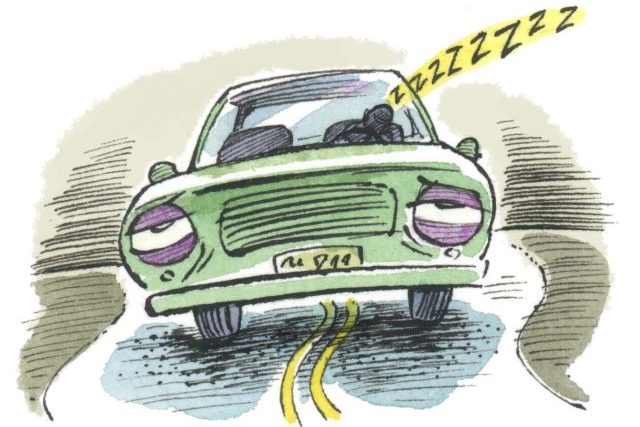Most people who fly consider it an unpleasant chore, but for some, the idea of getting on a plane causes so much anxiety that they have avoided air travel for years – even abandoning life plans or career goals. They say they have a fear of flying, but that’s a misnomer.
“It’s really ‘fears’ of flying, because the flying experience is a confluence of a number of different phobias or anxiety triggers,” said New York clinical psychologist Martin Seif, who specializes in treating the condition.
Some people feel trapped in the plane’s enclosed space. Others fear crashing, terrorism or violence on the plane. OCD-type fears of germs and contamination are common, as are social anxieties. Above all, these folks are afraid of feeling afraid. “Most people are afraid of fear building up and not being able to control themselves in some way and having some experience of panic,” Seif said.
The first to step to overcoming fear of flying is to turn that avoidance around – in a manageable way. That might mean starting with a flight simulation or a very short flight.
“You have to expose yourself to the triggers and feel some initial feelings of anxiety and stay with it a while,” Seif said. “It requires courage to take the leap of faith and do something which legitimately feels dangerous.”
In flight, he teaches patients to manage anxiety by counteracting triggers with a dose of reason: “What if the flight gets bumpy?” becomes “I know that flying in turbulence is safe.” Instead of, “What if someone notices I’m afraid?” tell yourself “I’m acting quite normally and know how to manage my anxiety.”
It’s also essential to stay rooted in the present.
“Anxiety bites you in the present, but lives in the future,” Seif said.
It is fueled by thoughts such as: What if I freak out? What if the plane crashes? What if there’s too much turbulence? What if I can’t handle it? Instead of focusing on the what if, Seif teaches his patients to focus on the what is.
To do that, try describing your surroundings to yourself, talking with someone else, counting backward from 100 by threes, reading or listening to music. Simple breathing and meditation techniques can also be useful.
Because exposure is your best weapon against anxiety, think of each flight as a chance to make the next one easier. Focus on what went well, congratulate yourself for taking a tough step and get ready to fly again.
Read more articles about travel-related health topics. AAA.com/LiveWell
One Thought on “Fear of Flying”
Leave A Comment
Comments are subject to moderation and may or may not be published at the editor’s discretion. Only comments that are relevant to the article and add value to the Your AAA community will be considered. Comments may be edited for clarity and length.
















The method Dr. Seif uses is CBT. For a person whose anxiety rises slowly, CBT may help. But for a person who goes quickly, CBT is useless because the person goes into panic before the CBT techniques they have been taught can be applied. I say this with authority, as I have treated over 10,000 people for this problem both as an airline captain and a licensed therapist. I found it absolutely necessary to move past CBT, and develop more effective methods of dealing with in-flight panic. The method as it stands now, after 35 years of cutting-edge development is stated in my book “SOAR: The Breakthrough Treatment for Fear of Flying.” My courses can be found online by searching SOAR fear of flying.”